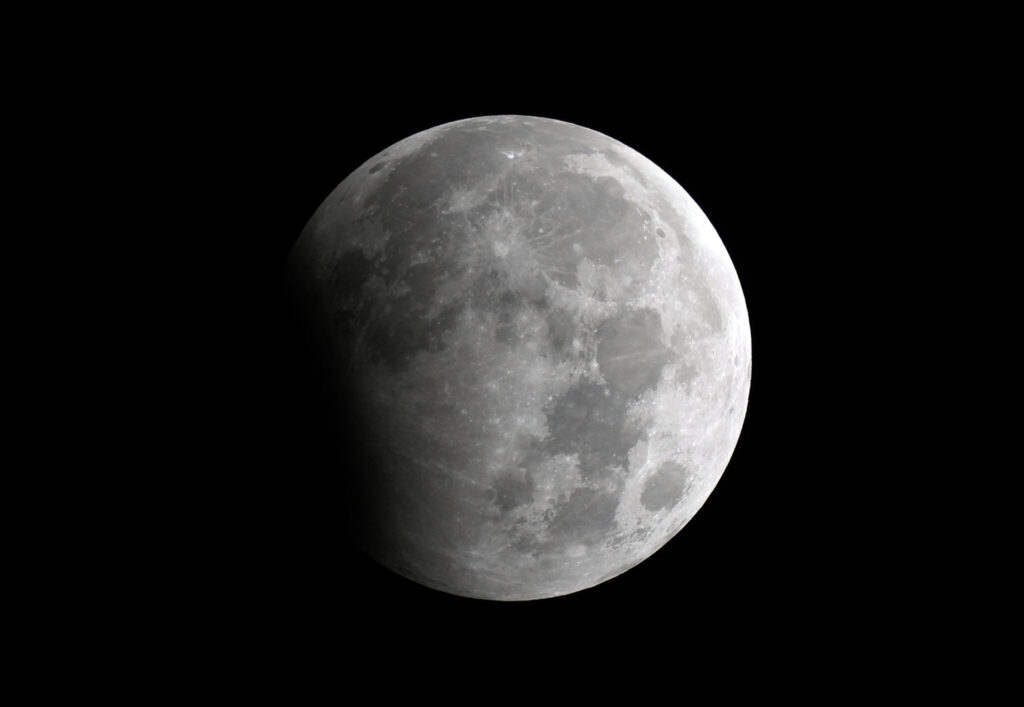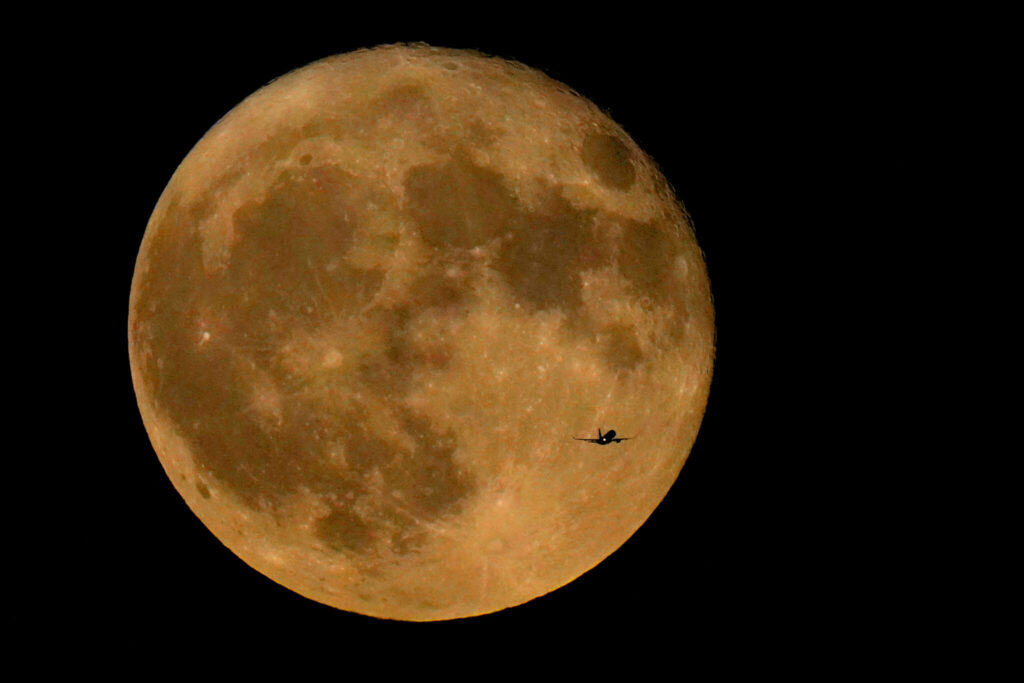Lunar eclipse September 2024/ supermoon and eclipse/ partial eclipse of the moon/ Newslooks/ A partial lunar eclipse coinciding with a supermoon will be visible across North America, South America, Africa, and Europe this week. On Tuesday night and Wednesday morning, skywatchers can see the Earth cast a shadow on the moon, creating a subtle darkening effect. This is the second and final lunar eclipse of the year.

Partial Lunar Eclipse and Supermoon: Quick Looks
- Event Timing: The partial lunar eclipse will be visible Tuesday night in the Americas and Wednesday morning in Europe and Africa.
- What to Expect: The moon will appear slightly larger due to its proximity to Earth, while a shadow will darken part of its surface.
- Viewing Tips: No special eye protection is needed. Watch the moon over several hours for the best view of the eclipse.
- Next Big Event: Mark your calendar for March 13, 2025, when a total lunar eclipse will turn the moon red.
Catch September’s Supermoon and Partial Lunar Eclipse
Deep Look
Get ready to witness a cosmic event this week as a partial lunar eclipse coincides with September’s supermoon. This spectacle will be visible across North and South America on Tuesday night and in parts of Europe and Africa early Wednesday morning, provided the skies are clear.
A partial lunar eclipse occurs when the Earth passes between the sun and the moon, casting a shadow over a portion of the moon. The shadow darkens a sliver of the lunar surface, giving the appearance that a small “bite” has been taken out of the moon. As a bonus, this eclipse is happening during a supermoon, when the moon is slightly closer to Earth than usual, making it appear a bit larger and brighter.
This week’s event is the second and final lunar eclipse of the year. “A little bit of the sun’s light is being blocked, so the moon will be slightly dimmer,” explained Valerie Rapson, an astronomer at the State University of New York at Oneonta.
Unlike solar eclipses, lunar eclipses do not require special eye protection. You can enjoy the view with the naked eye or use binoculars or a telescope for a closer look. If you plan to watch the partial eclipse, the best approach is to observe the moon over the course of several hours to notice the gradual change. “From one minute to the next, you might not see much happening,” said KaChun Yu, curator at the Denver Museum of Nature and Science. “But the moon’s appearance will subtly change over time.”
For those looking for an even more striking lunar display, a total lunar eclipse will occur on March 13, 2025. During this event, the Earth will completely block sunlight from reaching the moon, turning it a deep reddish hue, often referred to as a “blood moon.”







